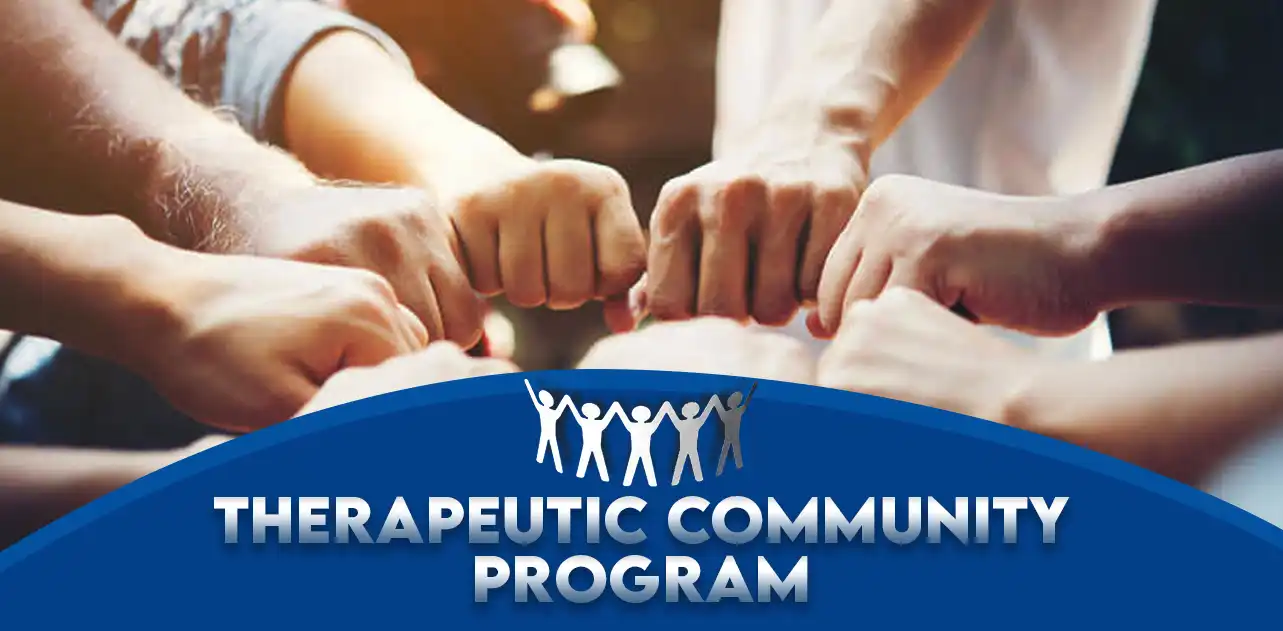-
Plot No. 4608, Gadakan, Mancheswar,
BBSR – 751017 -
Call Us 24/7
+91-77500 05999 - Mon - sun: 9:00am - 6:00pm
TC Program
Faith therapeutic community program for Addiction treatment in Bhubaneswar
People are likely to have a more successful experience in tackling their issues when they are surrounded by supportive individuals. Therapeutic community programs aim to provide the best conditions possible for people to replace maladaptive behaviors with new and more beneficial ways of doing things. This is particularly relevant for those struggling with addiction. The focus is on helping individuals as a holistic concept, not isolated from their symptoms. The skills learned during such an environment can then be used in real life outside of it.
Defined Therapeutic Community
As a form of therapy, people in such communities live together. An environment like this is drug-free and highly structured, and a person can feel safe to explore new coping mechanisms and learn to cooperate with others. Members can grow and develop in a miniature society like this.
Therapeutic Community Programs: How They Work
Most therapeutic programs involve getting participants and therapists living together. In some cases, a therapist is always present, however this isn't always the case. The program runs by consensus, with the therapist just there to assist. People in the program must fit in with everyone else, as peer pressure can be a powerful tool to promote adaptation. If they don't manage to conform, then their experience will be far more difficult.
A typical program of this type includes:
The members of the community meet regularly to discuss problems and evaluate each other's behavior.
In addition to learning new strategies, the individual will also have the opportunity to experiment by applying them in the community.
Collective decisions are made by all members of the community in a community government.
Each client's care plan is based on their individual needs.
Therapy in the milieu
The therapeutic community is strongly related to Milieu therapy, a form of psychotherapy focusing on environmental factors. The French word milieu means middle place or middle ground, which can evoke connotations of safety and security. In such a setting, the individual is seen as possessing sufficient interior capabilities to alter their behavior. The environment encourages them to maximize these internal resources and take action. Ultimately, milieu therapy aims for every aspect of the environment to be beneficial for the identity in question.
Milieu Therapy and Addiction Treatment
Generally, addiction treatment takes place in a therapeutic environment, which is why rehabs put a lot of effort into creating such an environment. It is not always called milieu therapy, but these programs share many of the same principles as milieu therapy. A benefit of such an approach is that it emphasizes building a life in recovery rather than merely treating the symptoms of addiction.
Therapeutic Community Programs: Benefits and Drawbacks
A variety of benefits can be derived from this type of environment, including:
- Within such a community, people are much more aware of how their behavior affects others
- Leadership skills can be developed by members
- As a result, the individual will gain a better understanding of others
- Members can feel safe because life is highly structured
- Individuals are empowered and can take responsibility for their own actions
- Due to community challenges, members are motivated to solve problems
- Rather than dealing with symptoms, the focus is on living
- Individuals gain confidence when they realize their importance within the community
- Members learn how to work together as a team
- In the program, the individual feels that he or she has some control over the rules that govern their lives
- Individuals gain confidence when they realize their importance within the community
- It is often a joy to be a member of such a community
- The Elements of a Therapeutic Community
- To be truly therapeutic, this type of community needs to incorporate the following elements:
- 1. All intoxicants must be banned
- 2. Responsibility shared by all
- 3. Stressors should be minimized as much as possible for members
- 4. Individuals take responsibility for their own behavior and follow the rules
- 5. Solving problems together is encouraged in the group
- 6. Decision-making by all members
- The role of the therapist within the community should be clearly understood
- Group rules are agreed upon and enforced
- Communication that is open
- Feedback on participant behavior on a regular basis
- Anyone who is behaving poorly in the community is encouraged to confront them
A Safe Community is Important
For an individual to feel safe enough to change, they must be removed from many of the outside pressures that keep them trapped in undesirable behavior. The demands of day-to-day life often prohibit any progress in regard to personal growth. This is why therapeutic communities are set up for protection and stability; providing routine and predictability which may be missing elsewhere. In such an environment, there are fewer distractions and things like work and money worries are put aside so that the focus can solely remain on therapy and development. It allows individuals more liberty to explore new solutions to living life.
A therapeutic community based on halfway houses
In some cases, people who leave rehab go on to stay in a halfway house. These are sometimes referred to as dry houses because they do not allow intoxicants. Residents can stay at a halfway house for up to a year. Such facilities can provide residents with therapeutic communities where they can develop coping mechanisms and can also create a safe environment from which they can begin their recovery.
And if you or your love ones is looking for the best rehab center in Bhubaneswar which provides therapeutic program then Faith De Addiction center is the best option for you.
Get in touch with Faith De Addiction center now.

